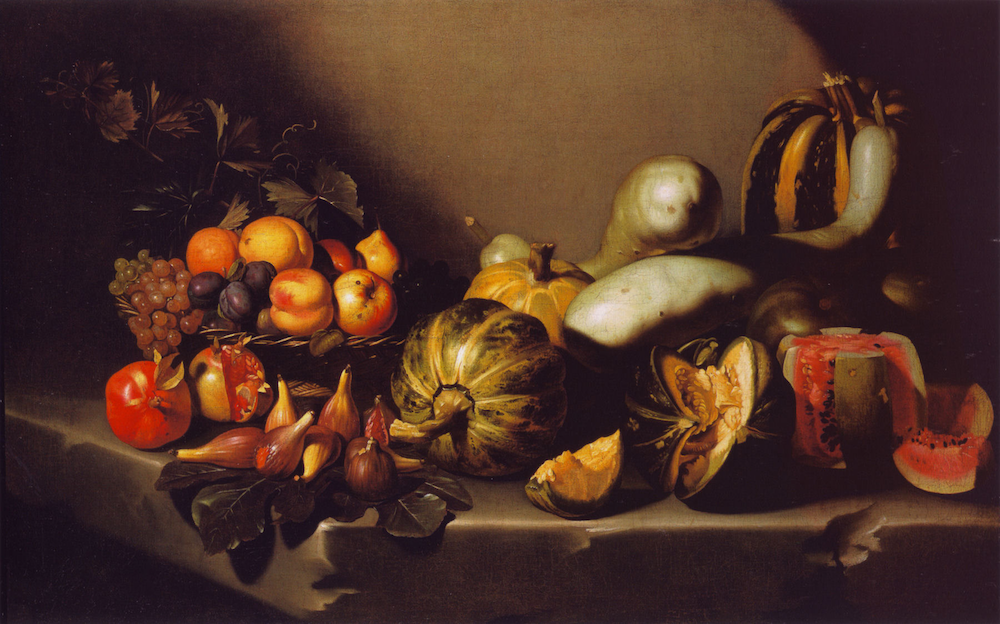“Make me a bath—preferably one that smells like scandal and orange blossoms!"

Marie Anne de La Trémoille, princesse des Ursins, (1642-1722), is credited with having introduced the essence of bitter orange as a fashionable fragrance by using it to perfume her gloves and her bath.
Picture it: 17th century Italy. The air thick with ambition and perfume. Enter Marie Anne de La Trémoille, Princess of Nerola, a figure who orchestrated her life with the precision of a composer, each note—a fragrance, a glance—resonating through the courts of Europe.
From the gilded halls of her home, the Castello Orsini, she conjured an ambiance that was intoxicating, a heady mix of longing and allure. To be near her was to be enveloped in a world where the ordinary transcended into the extraordinary. Her skin carried the essence of bitter orange, a scent that spoke of her legacy—a blend of luxury and desire. She understood, perhaps more than anyone, that scent is an emotion, and emotion is power.

'Still Life with Lemons, Oranges and a Rose, Oranges and a Rose', 1633, by Francisco de Zurbarán. Perfect for a bath...or a cocktail. Or both.
Imagine the gatherings she hosted, the laughter mingling with the soft murmur of perfumed air, every guest entranced not only by the splendor of the evening, but by the invisible aura that clung to her.
The princess had a knack for creating a vibe around her, a narrative that tasted like the sun-drenched Italian countryside full of seduction.

'Enamelled gold pendant with rubies', 17th century, Italy, possibly belonging to the Princess.
Ah, but let’s not forget, her life was a dichotomy of privilege and peril. She navigated the treacherous waters of court intrigue with the elegance of a dancer, each step deliberate, each smile a calculated risk.
So the scent of her existence was not without its thorns; it carried the weight of expectations, the unspoken rules of a society that demanded both tactics and courage.

We couldn't find more paintings of the Princess, but we found one by Artemisia Gentileschi— 'Portrait of a Lady, Three-Quarter Length Seated, Dressed in a Gold Embroidered Elaborate Costume',17th c.
Yet, amidst the scandals and the parties, there lay a simple truth: Marie Anne’s genius was her ability to use her charm to her own advantage.
She wore perfume not just as a personal indulgence but a political statement, a declaration of self in a world that often sought to define women by their lineage alone. In her fragrant universe, she cultivated freedom, one cocktail blossom at a time.

Jan Davidsz. de Heem (1606-1684) - 'Still life of fruits, nuts, oysters, a lobster, insects and a snail on a ledge. 'Not exactly a royal feast for our Princess.

